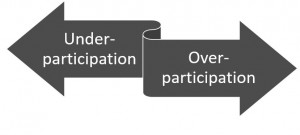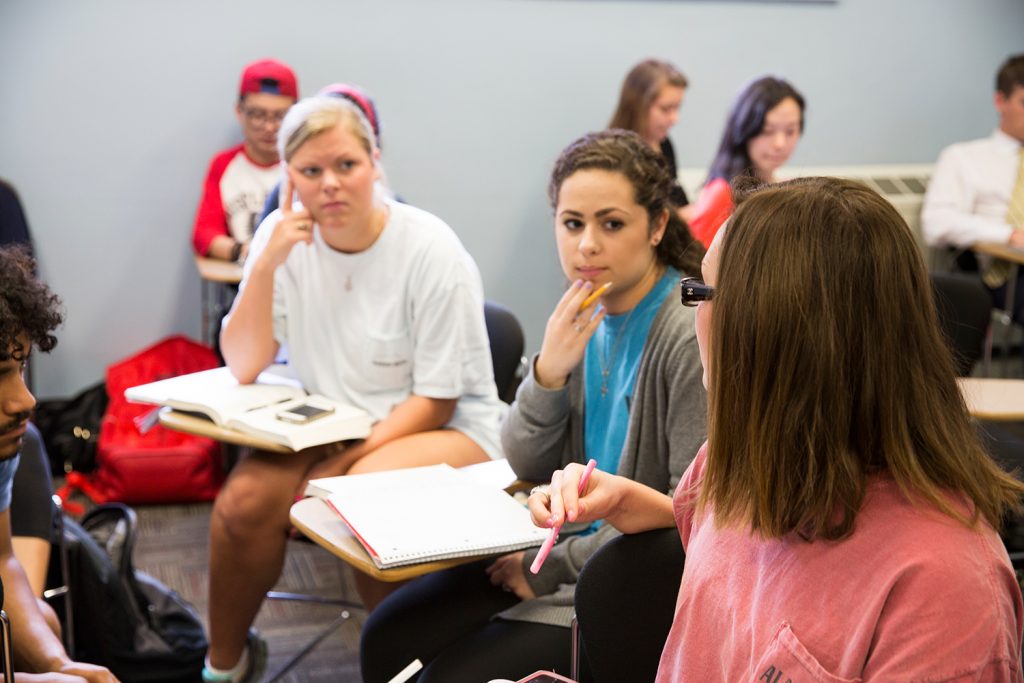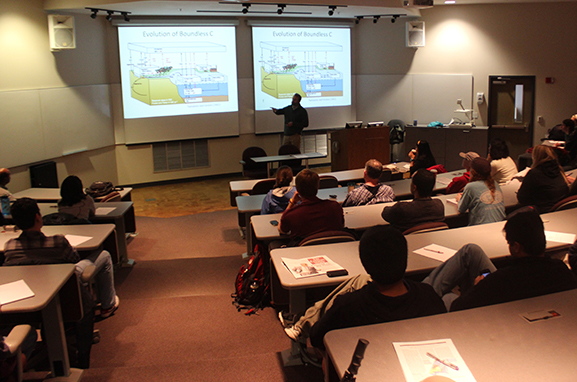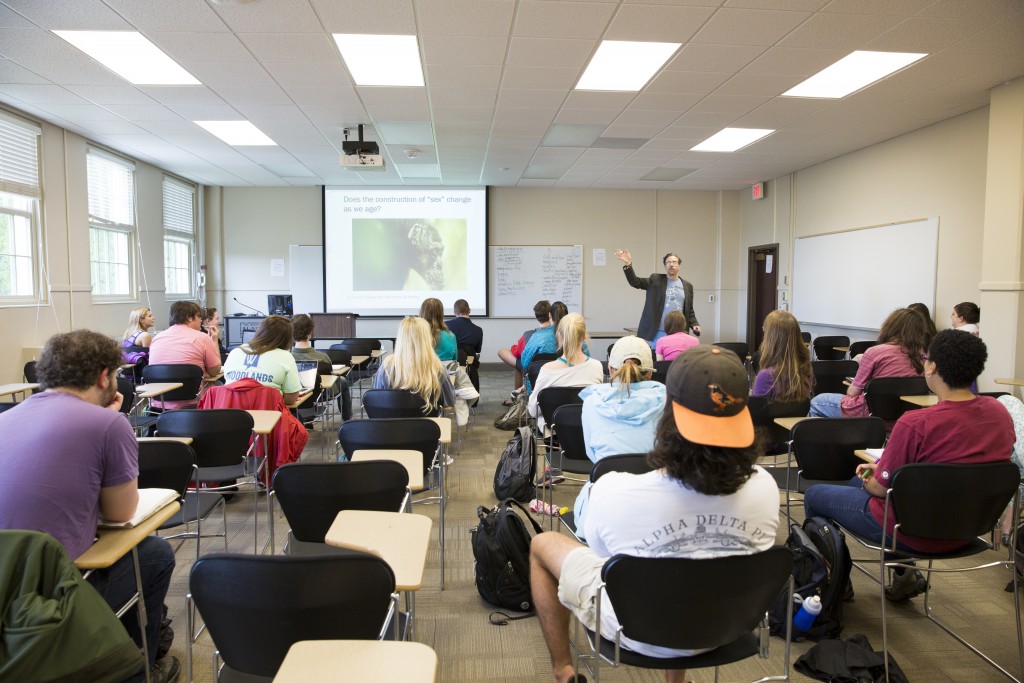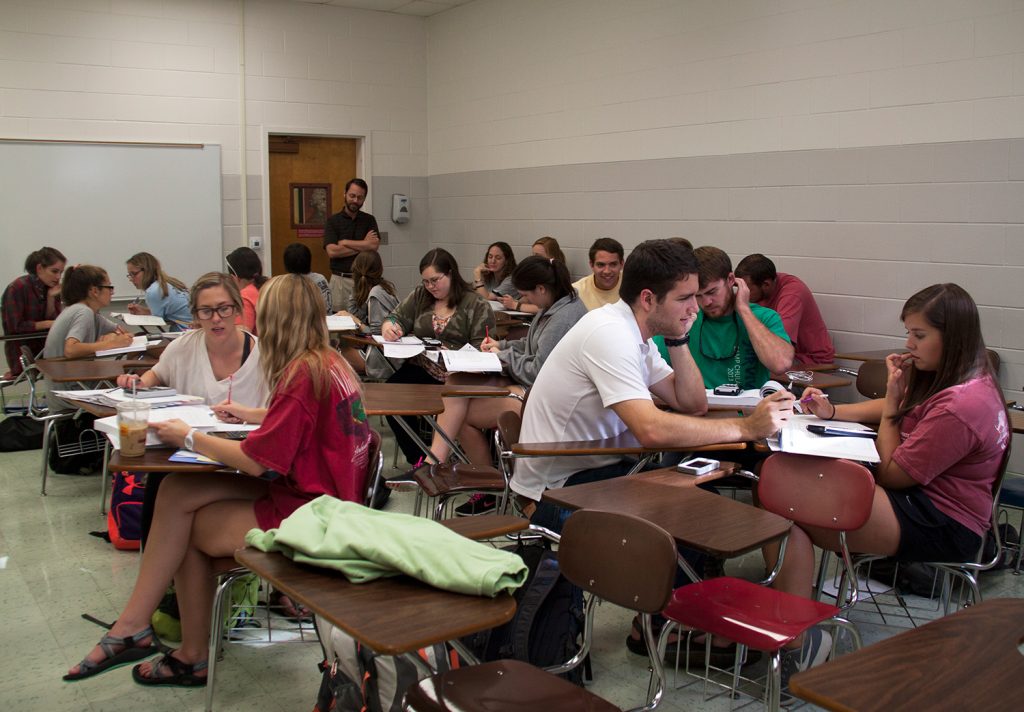by Nathan Loewen, Department of Religious Studies The group project regularly begets under-participation. No student situation in college teaching better illustrates the free-rider phenomenon. Perhaps Homer Simpson demonstrates the free-rider phenomenon best. Individuals who receive collective benefits without contributing are common in group work. One or more students in a group project can easily slack off while only one student fulfills the assignment requirements. The online discussion forum, like the group assignment, begets under-participation, too. In most cases, it takes the form of lurking, where students observe […]
Read More from Lurkers, Surfers, and Free-riders: Is Under-Participation a Problem?
